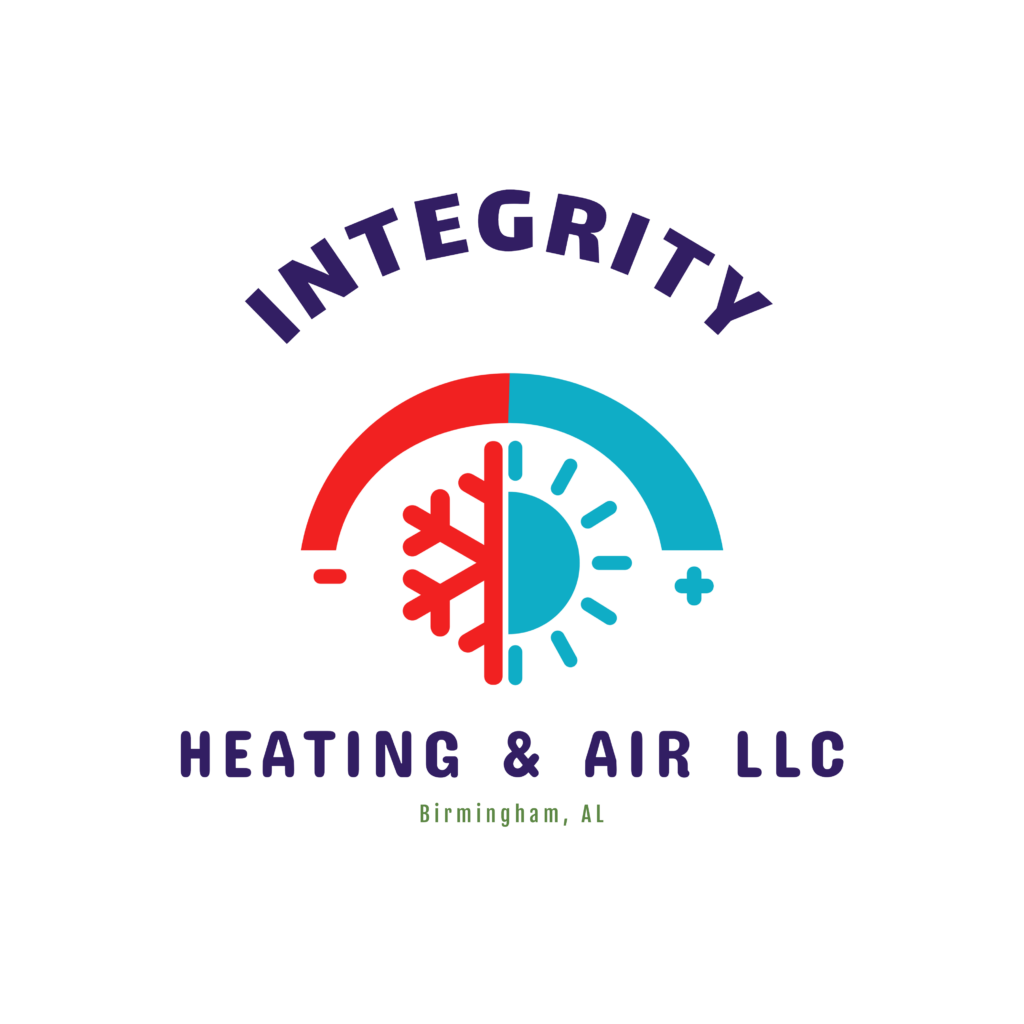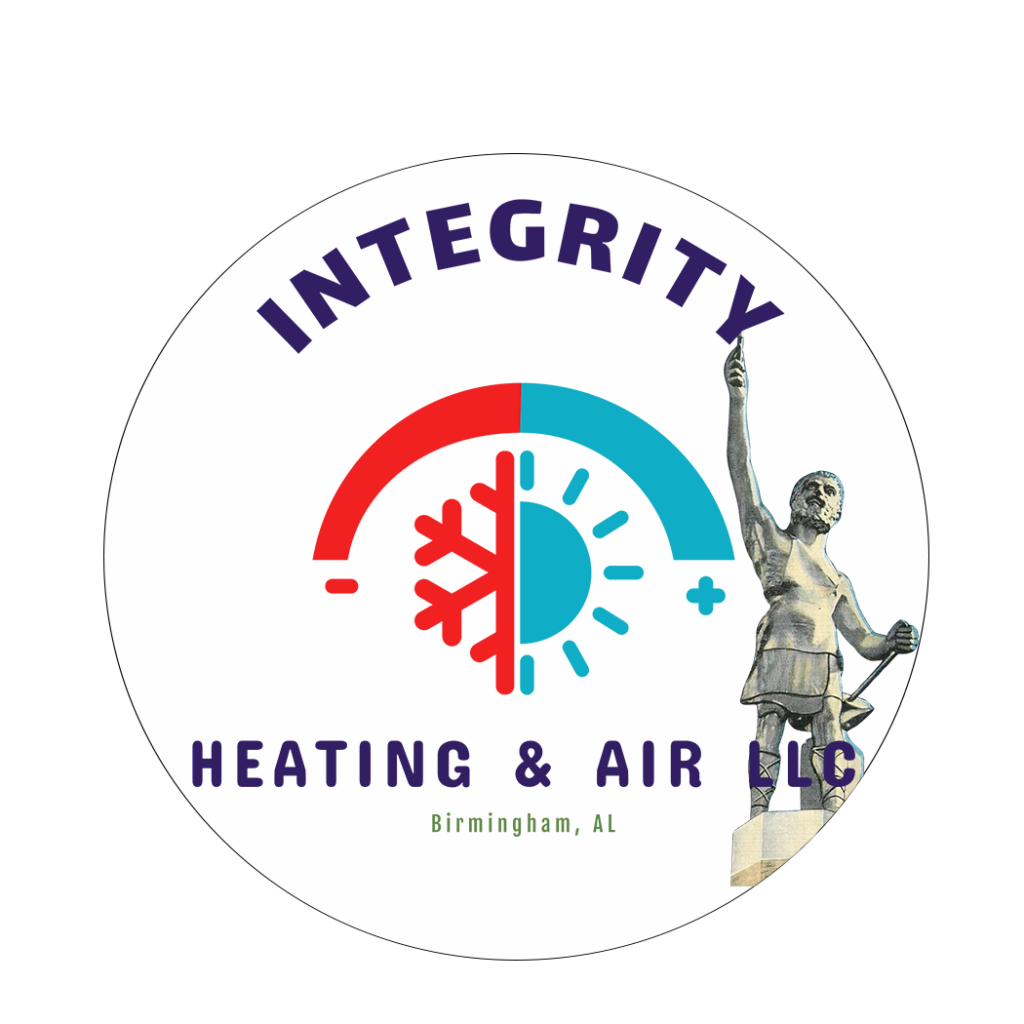Retail spaces are bustling hubs of activity, with customers browsing shelves, employees working diligently, and HVAC systems working hard to maintain a comfortable environment. However, these high-traffic areas can often present unique challenges for heating, ventilation, and air conditioning (HVAC) systems. In this blog post, we will explore some common HVAC issues that retail spaces may encounter and how to address them effectively.
1. Inadequate Air Circulation: One of the most common HVAC issues in retail spaces is inadequate air circulation. This can lead to uneven temperatures throughout the store, with some areas feeling too hot or too cold. To improve air circulation, it is important to regularly clean and maintain air ducts, change air filters, and ensure that vents are not blocked by furniture or other obstructions.
2. High Energy Costs: Retail spaces often have large HVAC systems that consume a significant amount of energy. High energy costs can be a major concern for retailers, especially during peak seasons. To reduce energy consumption and costs, consider investing in energy-efficient HVAC systems, scheduling regular maintenance checks, and implementing smart thermostats to regulate temperatures more efficiently.
3. Poor Indoor Air Quality: With a constant flow of customers and employees, retail spaces can quickly accumulate dust, allergens, and other pollutants that can impact indoor air quality. Poor indoor air quality can lead to health issues, decreased productivity, and negative customer experiences. To improve indoor air quality, regularly clean and replace air filters, invest in air purifiers, and ensure proper ventilation throughout the store.
4. HVAC System Malfunctions: Like any mechanical system, HVAC systems in retail spaces are prone to malfunctions and breakdowns. Common issues include thermostat problems, refrigerant leaks, and compressor failures. To prevent unexpected breakdowns, it is essential to schedule regular maintenance checks with a qualified HVAC technician and address any issues promptly to avoid costly repairs or replacements.
5. Inconsistent Temperature Control: Maintaining consistent temperatures throughout a retail space is crucial for creating a comfortable shopping environment for customers and employees. Inconsistent temperature control can be caused by factors such as improper insulation, faulty thermostats, or air leaks. To address this issue, consider installing zoning systems to regulate temperatures in different areas of the store more effectively.
In conclusion, HVAC issues in retail spaces can be complex and challenging to manage. By proactively addressing common issues such as inadequate air circulation, high energy costs, poor indoor air quality, system malfunctions, and inconsistent temperature control, retailers can create a more comfortable and inviting shopping environment for customers while maximizing energy efficiency and reducing maintenance costs. Regular maintenance, proper system design, and investing in energy-efficient solutions are key strategies to ensure optimal HVAC performance in retail spaces.

